Create the ultimate platter with the most exotic dairy delicacies of Southern Europe (and beyond).
It’s hard to imagine any meal that can’t be enhanced by a sliver of cheese.
Cheese is probably the most frequently consumed dairy product on Earth and there are some good reasons why. It goes with foods as varied as wine, chocolate and beef. It’s a great source of muscle-building protein and bone-strengthening calcium. It adds zest to the most mundane dish. And it’s enjoyed by diverse cultures worldwide.
Fruity or nutty, sharp or mild, cheese reminds the taste buds of life’s richness. There’s just something about it that makes us happy. You notice that when a photographer is trying to get his subjects to smile, he doesn’t tell them to “Say liverwurst.”
Related Seabourn itineraries and amenities below
You can find cheese almost anywhere. Experts estimate there are over 700 varieties. There’s hardly a restaurant that doesn’t serve it in some form. You can even whip it up yourself easily enough: Just warm some fresh milk, add some acidity (vinegar or lemon juice), coagulate it with rennet, cut and drain the solidified curd and let it age.
Yes. Ordinary cheese is ubiquitous and a cinch to make. But making — or even finding — high-quality, rare and exquisite cheese? Well that’s something else entirely. As simple as the cheese-making process may seem, creating great cheese is a fine art. Only a handful of culinary maestros have perfected it. And no one will be shocked to learn that the clear majority of these top-drawer fromagers can be found in Southern Europe — more specifically, France and Italy
Here are seven of the world’s rarest and most prestigious French and Italian cheeses, along with two special “extras” — one from Sweden; one from Serbia. For your next party, assemble a cheese plate consisting of these exotic delicacies and you’ll impress even the most discerning guests.
Leave it to the French to add a little class to the mundane. In the 17th century, cheesemongers in the little town of Lille took the idea of humdrum old Dutch Edam and elevated it to new heights by adding annatto and other colorful condiments. When halved, this bright-orange colored hard cheese resembles a large grapefruit. Aged to perfection, mimolette achieves a flavor that hints at sweet peanuts. Tip: Before eating, peel off the rind. Its earthiness detracts from the gossamer taste.
This nutty goat cheese is widely imitated. But the authentic stuff only comes from the area around the tiny French village of Chavignol. It must meet exacting Appellation d’Origine Contrôlée (AOC) production standards to qualify as the real McCoy. As it ripens, its flavor becomes stronger and its rind takes on a bluish color. Whether young or old, it can be eaten raw — but experts say it’s best when baked.
Named after the small town of Meaux in the Brie region, 50 kilometers from Paris, this soft, buttery, unpasteurized cow’s milk cheese has been enjoyed by French royalty since the year 774. It is said that Louis XVI’s dying wish was to enjoy a taste of it. Gourmets at the Congress of Vienna dubbed Brie de Meaux “the King of French Cheeses.” As it matures, the rind takes on a reddish-brown hue. To be at its best, it should be pungent and runny.
First created centuries ago in a tiny Normandy commune, this creamy and delicious cow’s-milk cheese has been AOC protected since 1975. It’s characterized by its brine-washed wheel and pungent aroma. Sometimes it’s called “The Colonel” due to the five stripes of raffia around it that resemble the stripes on the French army colonel’s uniform. Livarot is spicy and offers a melt-in-the-mouth delicateness. It’s one of the oldest Normandy cheeses still being made.
The word “caciocavallo” translates roughly to “horse cheese” — but you won’t catch the farmers in Southern Italy, where it comes from, placing milk buckets under thoroughbreds. It’s made from Podolica cows — a breed so rare that less than 30,000 of them exist. What’s more, these bovines only lactate between May and June. That makes caciocavallo podolica hard to get and expensive. The going price for a single kilogram (2.2 pounds) is 70 euros. It comes in a pear-shaped rind and has a delicious pale, creamy filling. The name originates from the fact that, historically, it was hung on the backs of horses so it could be moved from place to place while it was maturing.
This exotic selection is legally recognized and covered by the EU’s “Protected Designation of Origin” and “Protected Geographical Indication” laws. That means that only cheeses produced with an exacting traditional recipe in the Italian regions of Campania, Lazio, Apulia and Molise can officially claim the name. It’s made from the milk of Italian water buffaloes. Scientists say that the digestive systems of water buffaloes allow them to produce rich milk with a greater volume of solids, protein and minerals — even from their diet of relatively low-grade vegetation.
The “extra old” designation differentiates this from regular bitto, which is made in Lombardy’s Valtellina, from a combination of cow’s and goat’s milk. It’s a fine, rich cheese usually eaten hard or semi-hard. But the taste and texture are only half the story. Usually, bitto is only aged 40 days or so — 10 years at the most. But in 1996, a group of traditionalists broke away from “Protected Designation of Origin” rules to create bitto only by the most traditional methods. The so-called “bitto storico” includes controls over everything from the kind of room it’s aged in (a stone chamber called a calèc) to the mixture of mountain herbs the cattle are fed before milking. In 1997, a Chinese merchant bought a 20-kilo block and took it back to his home country, where he has continued to age it. It’s now the oldest block of edible cheese in the world. He’s asking $150 for a single pound. It will be distributed in small portions to Chinese retailers who are likely to mark it up to an astronomical price.
This unique product is made from the milk of rare Balkan donkeys on the Zasavica Donkey Reserve. There are only about 100 of these animals whose milk can be made into cheese. And these stubborn females aren’t known for cooperating with the milking process. And the cheesemakers say it takes about 14 quarts to make one pound of cheese. Needless to say, the sheer rarity of pule drives the cost up into the stratosphere. Expect to pay between $88 and $500 per pound. Experts say it’s best when smoked.
This rare specialty is on the endangered cheese list. (Yes. There actually IS an endangered cheese list, maintained by the Slow Food Foundation.) It comes from a tiny dairy farm in Bjursholm called The Elk House. It’s made from the milk of the world’s only three lactating domesticated moose whose milk is capable of being converted to cheese. It takes two hours of milking to get only a tiny amount from the unique gals (Gulian, Helga and Juna). If you want to add it to your platter, expect to pay about $470 for a single pound.

